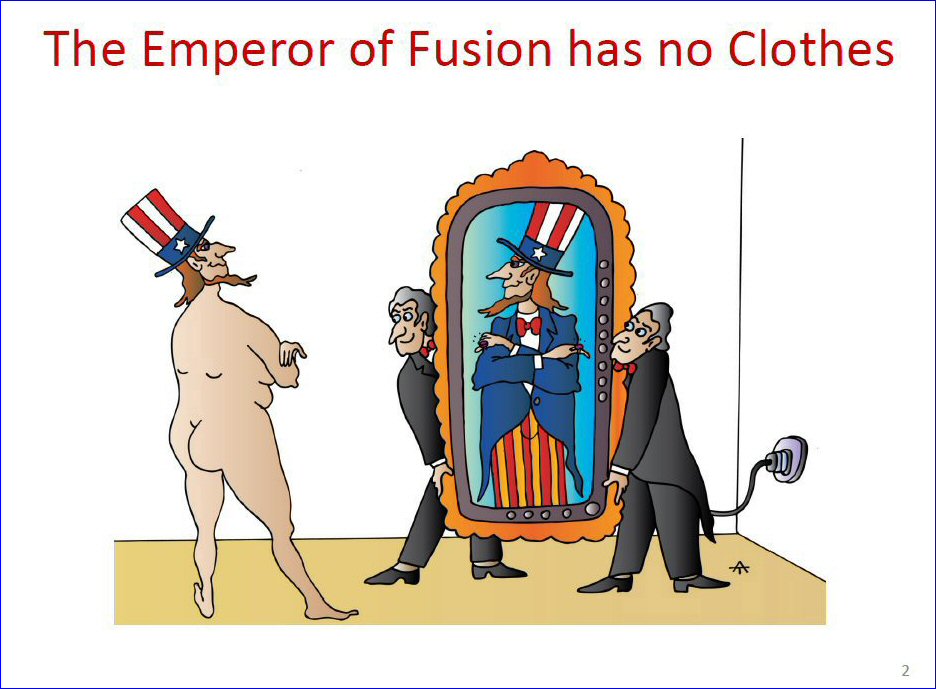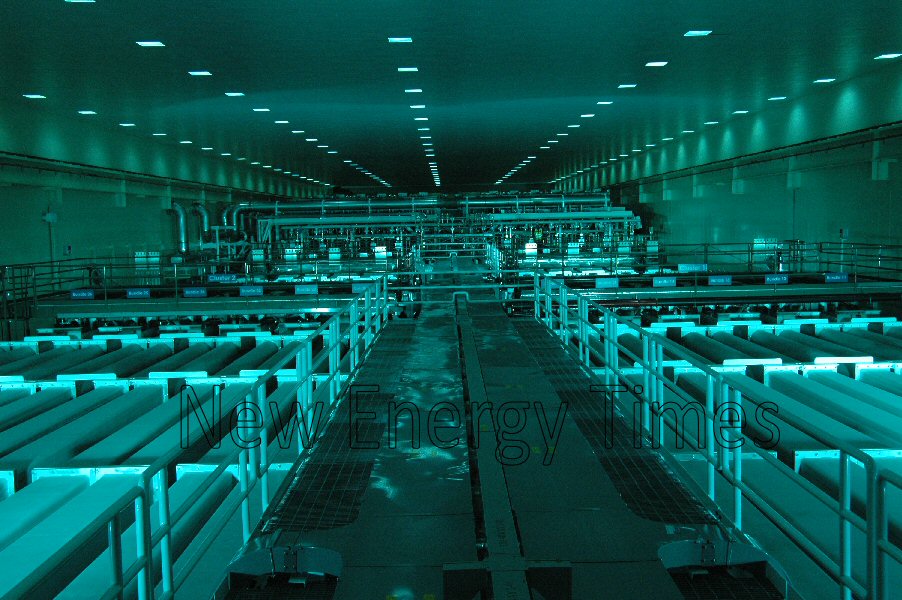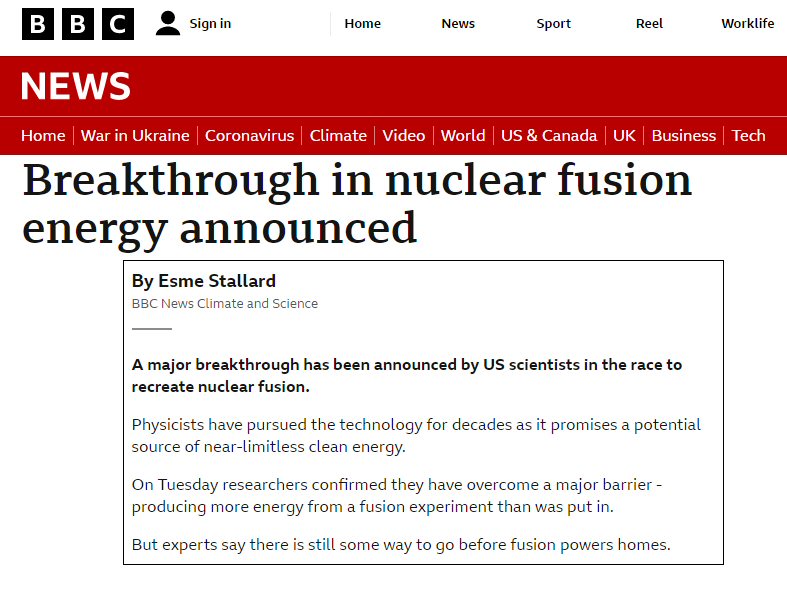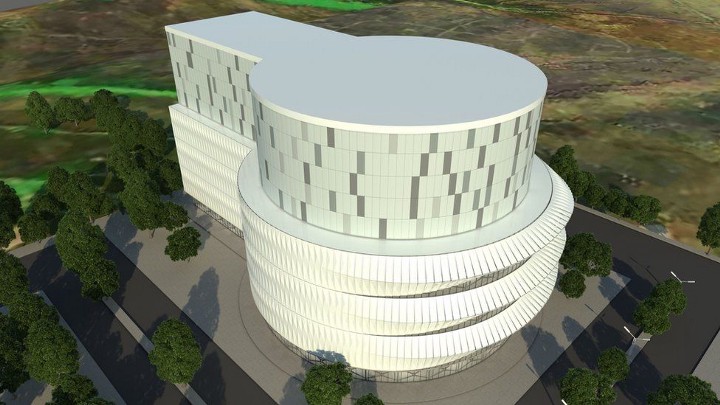
Pietro Barabaschi, ITER organization director-general
By Steven B. Krivit
November 15, 2022
The ITER organization has revised both its English-language and French-language web sites to more accurately describe the goals of the ITER program, and to remove the misleading claim that the ITER reactor is designed to produce net energy.
The Old Regime
Six years ago, I requested the net energy correction through investigations published in New Energy Times and in my direct communications with ITER leadership, including Bernard Bigot, the former director-general of the ITER organization.
The ITER organization made limited corrections after I published the fact, on Oct. 6, 2017, that the ITER reactor as a whole was designed to consume at least 300 megawatts of electricity rather than 50 megawatts. But Bigot refused to withdraw the misleading energy claims from his organization’s Web site.
Four years later, Bigot falsely claimed during an Oct. 27, 2021, hearing of the French Senate’s Committee on Economic Affairs that the projected power gain for the overall reactor is between three and five times the power it is designed to consume. This claim was untrue because ITER has a projected electrical input of at least 300 MW (more likely 440 MW) and a projected thermal output of 500 MW. Bigot died on May 14, 2022.
The New Regime
On Sept. 14, 2022, the ITER Council appointed Bigot’s successor, Pietro Barabaschi. A month later, the ITER organization published a news story saying that Barabaschi intended to emphasize “collaboration and integrity.”
On Oct. 29, 2022, I wrote to Barabaschi, congratulated him on his appointment, and applauded his intention. I encouraged him to publish accurate and transparent power claims about the reactor.
I told Barabaschi that, in 2018, when members of the European Parliament escalated the matter of misleading power claims to the European Commission, Commissioner Arias Cañete responded, “The IO Web site now states unambivalently that the performance of ITER will be assessed by the so-called fusion Q, i.e., by comparing the thermal power output of the plasma with the thermal power input into the plasma.” Although Cañete had accurately described how the distinction should be communicated publicly, the ITER organization Web site had not done so.
Barabaschi wrote back to me a day later.
“I can confirm that immediately after my selection, some weeks ago, I asked Laban [Coblentz, the head of ITER communications] and his team to review the messaging on the ITER public Web site. You will see the resulting changes over time,” Barabaschi wrote.
Barabaschi invited me to provide additional comments on his organization’s public messaging. The ITER organization, under Barabaschi’s leadership, has already made corrections to some of its public claims, demonstrating more scientific integrity than I have seen, as a critical observer of this organization, in six years.
The False Net-Energy Claim
The most conspicuous false claim about the ITER project — and it goes back decades — was that the ITER reactor is designed to be the first fusion device in history to create net energy. Other related claims went along with this myth, that the ITER reactor was designed to:
“deliver ten times the power it consumes.”
“demonstrate that it is possible to produce commercial energy from fusion.”
“produce about 500 megawatts of thermal power. If operated continuously and connected to the electric grid, that would translate to about 200 megawatts of electric power, enough for about 200,000 homes.”
“demonstrate magnetic confinement fusion at near power-plant size.”
The ITER organization prominently published the false reactor net-energy claim in the second gallery image on its English-language and French-language Web sites under the heading “AMAZING MACHINE.” On Jan. 12, 2017, the text said that the ITER tokamak was “designed to produce 500 MW of fusion power for 50 MW of input power (a power amplification of 10); it will take its place in history as the first fusion device to create net energy.”

Second gallery image on the ITER organization’s Web site home page as of Jan. 12, 2017
After I published “The ITER Power Amplification Myth,” on Oct. 6, 2017, the ITER organization added one word to that text: “heating.” It made the claim a tiny bit more honest.

Second gallery image on the ITER organization’s Web site home page as of Nov. 6, 2017
Here’s what the home page said on Oct. 31, 2022: “The primary objective of ITER is to experimentally attain a ‘burning’ plasma, in which the self-heating of the plasma by nuclear fusion reactions dominates all other forms of heating.” Barabaschi’s revision was accurate and unambiguous.
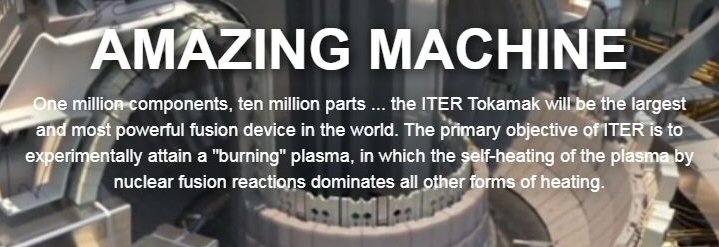
Second gallery image on the ITER organization’s Web site home page as of Oct. 31, 2022
Barabaschi also removed the net-energy claim from the “What is ITER?” page. During Bigot’s tenure, the organization had said there that “ITER will be the first fusion device to produce net energy.”

Net-energy claim on the ITER organization’s “What is ITER?” page as of April 25, 2017
At face value, that was a false claim. However, the organization provided some fine print that effectively made it only misleading rather than outright false. If viewers clicked on the link for “net energy,” a message would pop up attempting to explain what the organization meant by “net energy.” As I explained to Coblentz at the time, the pop-up message implied that the projected energy gain was to be compared with the power required to operate the reactor’s systems (plural). I also explained to Coblentz that the message mixed the terms energy and power.

Pop-up message on the ITER organization’s “What is ITER?” page as of Aug. 19, 2017
After I published “The ITER Power Amplification Myth” on Oct. 6, 2017, the ITER organization continued to indicate in its publications that the reactor would be “the first fusion device to produce net energy.” However, the organization did refine the pop-up message to accurately reflect that the projected power gain was to be compared against the injected thermal power needed to heat the plasma.

Pop-up message on the ITER organization’s “What is ITER?” page as of Nov. 6, 2017
By Oct. 31, 2022, the “What is ITER?” page no longer implied that the reactor was designed to be the first fusion device to produce net energy. The pop-up message was gone. Instead, Barabaschi’s revision was accurate and unambiguous.

Former location of “net energy” claim on ITER organization’s “What is ITER?” page as of Oct. 31, 2022
Limited Energy
Another positive change under Barabaschi’s leadership is the ITER organization’s removal of its claim of “UNLIMITED ENERGY” from the first gallery image on the home page of its Web site. As we reported beginning on Oct. 10, 2021, the tritium required for tomorrow’s fusion power plants does not exist. The enriched lithium needed to breed tritium does not exist. A legal, environmentally safe process to enrich tritium does not exist. Even if sufficient quantities of enriched lithium were available, a method to breed tritium in a fusion reactor fast enough does not exist. (See our Fusion Fuel page.)

First gallery image on the ITER organization’s Web site home page as of Dec. 21, 2016

First gallery image on the ITER organization’s Web site home page as of Oct. 31, 2022
On the Road to Integrity
After I sent Barabaschi and Coblentz a few other statements on the ITER organization’s Web site that needed correction, Barabaschi wrote back.
“Thanks for your email,” Barabaschi wrote. “Accuracy in communication is an important element of scientific integrity, and important to all of us in the ITER project. With Laban, we welcome constructive criticism from members of the public, and specifically we appreciated very much your feedback.”
